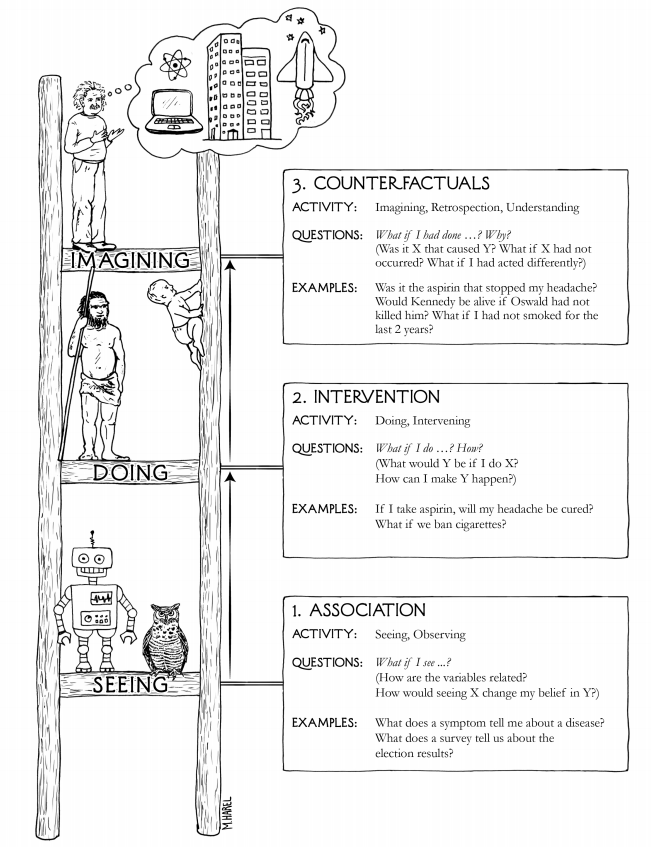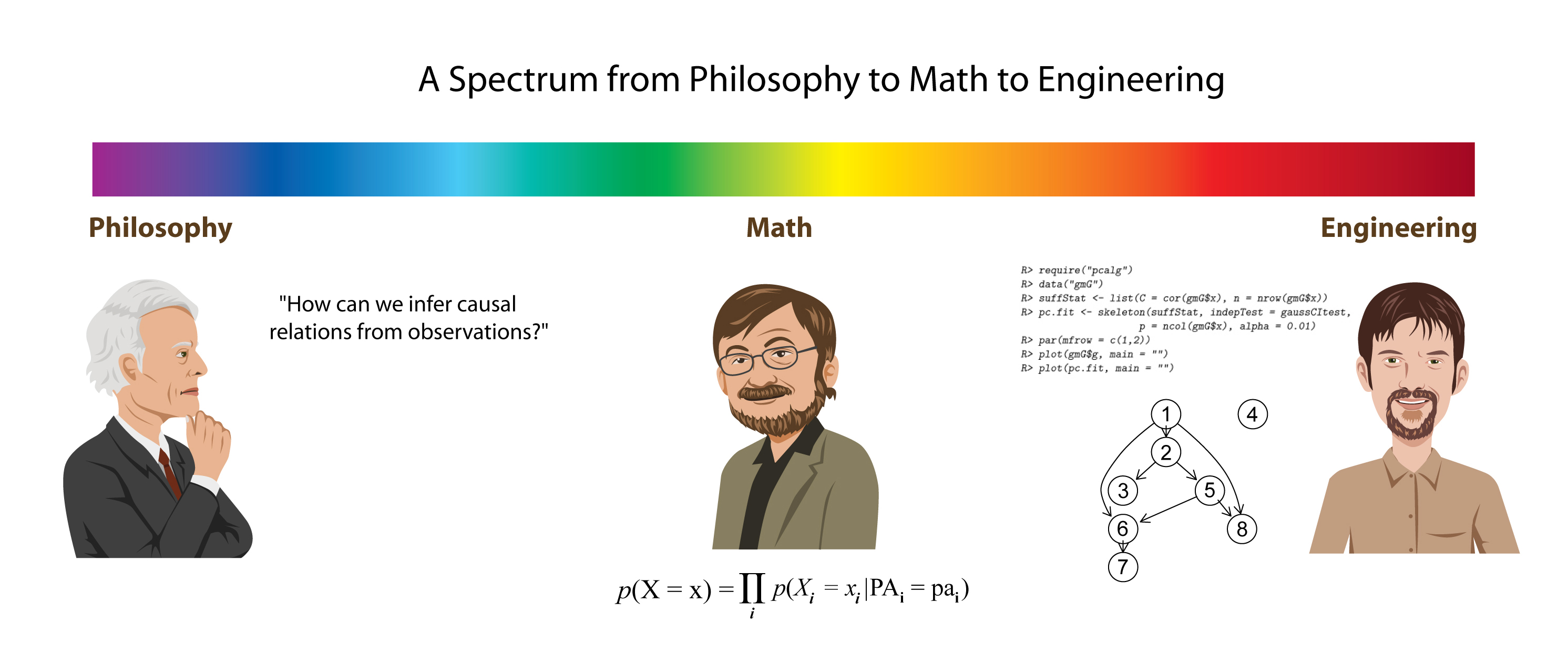



But practically, the exclusion forces investigators to articulate assumptions whose meaning they do not comprehend, whose plausibility they cannot judge, and whose statistical implications they cannot predict. For example, causal diagrams are meticulously excluded from the writings of Rubin, Holland, Rosenbaum, Angrist, Imbens, and their students who, by and large, are totally unaware of the inferential and representational powers of diagrams.įormally, this exclusion is harmless because, based on the logical equivalence mentioned above, it is always possible to replace assumptions made in SCM with equivalent, albeit cumbersome assumptions in PO language, and eventually come to the correct conclusions. This ideological movement (which I call “arrow-phobic”) can be recognized by a total avoidance of causal diagrams or structural equations in research papers, and an exclusive use of “ignorability” type notation for expressing the assumptions that (must) underlie causal inference studies. However, the PO framework has also spawned an ideological movement that resists this symbiosis and discourages its faithfuls from using SCM or its graphical representation. Therefore, the two frameworks can be used interchangeably and symbiotically, as it is done in the advanced literature in the health and social sciences. Summary of my views on the relationships between the potential-outcome (PO) and Structural Causal Models (SCM) frameworks.įormally, the two frameworks are logically equivalent a theorem in one is a theorem in the other, and every assumption in one can be translated into an equivalent assumption in the other. In the last part of the seminar, I made a few comments which led to a lively discussion, as well as clarification ( I hope) of some basic issues which are rarely discussed in the mainstream literature.īelow is a concise summary of my remarks which I present to encourage additional discussion, questions, objections and, of course, new ideas. I recently attended a seminar presentation by Professor Tom Belin, (AQM RAC seminar, UCLA, November 30, 2012) who spoke on the relationships between the potential outcome model of Neyman, Rubin and Holland, and the structural equation and graphical models which I have been advocating since 1995.


 0 kommentar(er)
0 kommentar(er)
